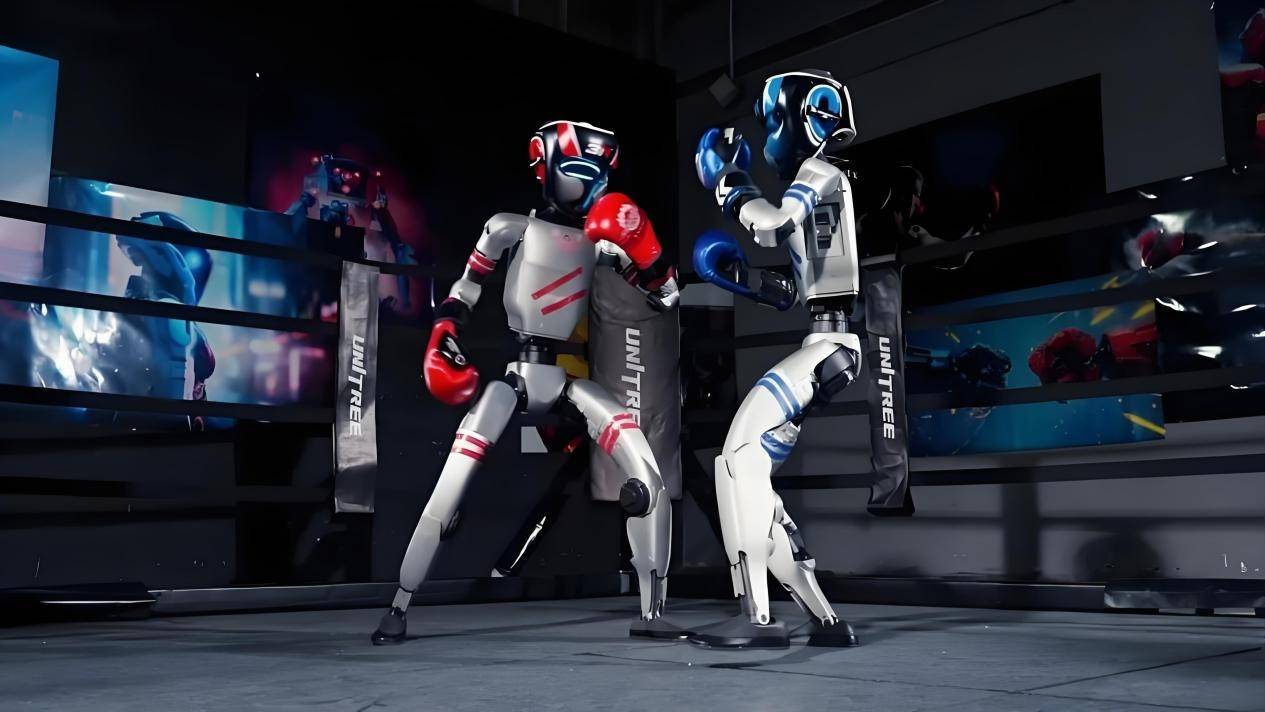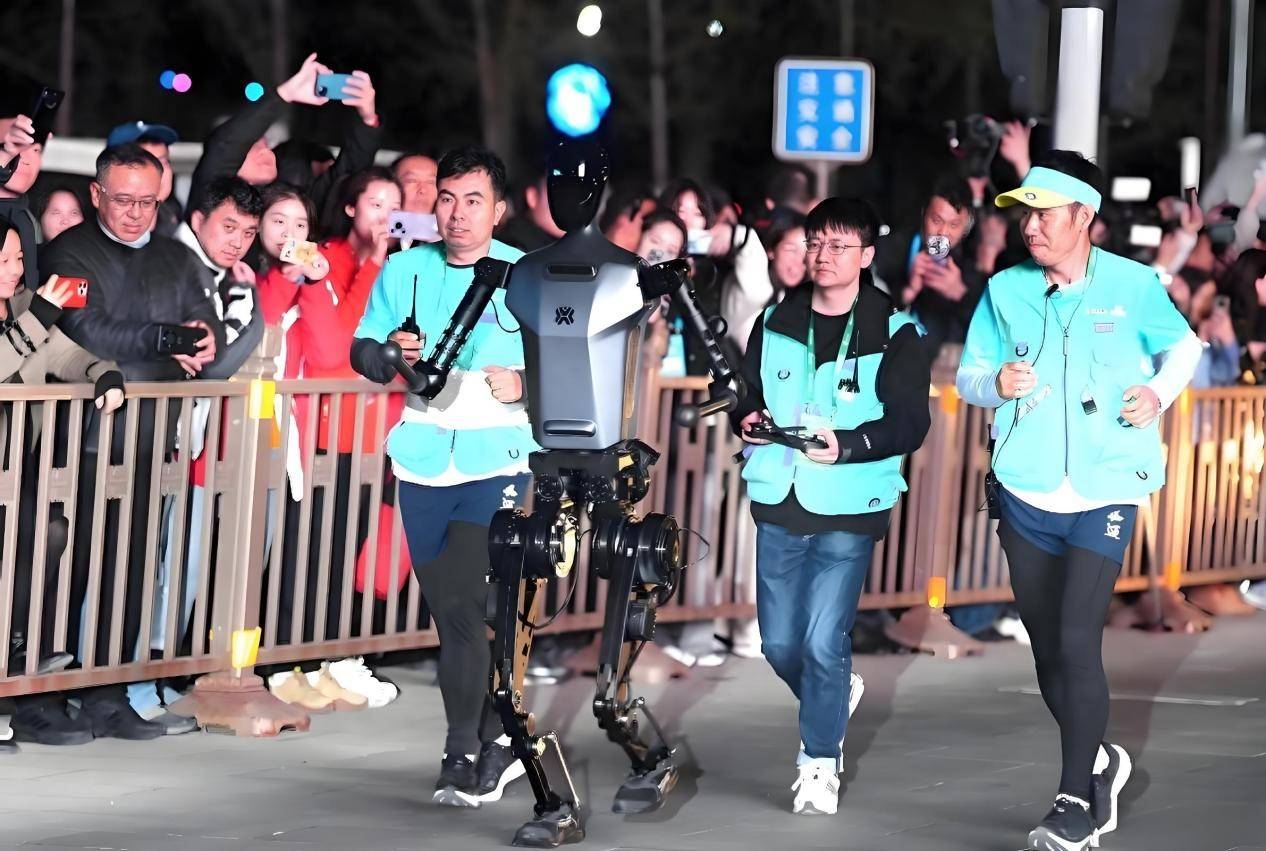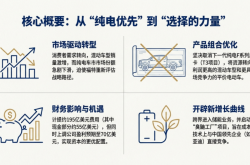Is Robot Competition a Lucrative Business Venture?
![]() 06/05 2025
06/05 2025
![]() 547
547

A disappointing marathon shattered the public's illusion of humanoid robots, yet a sci-fi-laden fighting competition reignited their anticipation.
Recently, the world's first humanoid robot fighting competition, "CMG World Robot Competition·Series," hosted by the Central Radio and Television Station, commenced. Four diverse teams competed by controlling the G1 humanoid robot, independently developed by Unitree Robotics. During the competition, the G1 robots demonstrated intricate movements, including straight punches, hooks, dodging, falling, and rising, showcasing remarkable stability, balance, and agility.
Notably, these robots required staff to operate joysticks for remote control rather than autonomously battling based on programs and instructions, slightly diminishing the technical prowess displayed.
With the rise of more robot competitions, a pertinent question arises: Can robot competitions, with robots as the protagonists, evolve into a new commercial track or merely devolve into a "tech spectacle" for attention?
Robots Need "Gimmicks"
Following the half-marathon in April, the CMG World Robot Competition is another "combat-oriented" event in the realm of humanoid robots. This year, two more robot competitions are scheduled: the World Humanoid Robot Games, the world's first comprehensive event for humanoid robots, to be held at the National Stadium and the National Speed Skating Oval from August 15 to 17, and Zhongqing Robotics' free-fighting competition, set to commence in December and continue quarterly.
According to a reporter from The Paper, numerous robot companies are currently exploring sports competitions as a platform. For instance, Songyan Power emerged as a dark horse in the Beijing Yizhuang Robot Marathon, securing orders totaling over 50 million yuan at the event and selling over 1,000 humanoid robots and 20 bionic robots.
The competition also boosted the company's valuation from 500 million yuan pre-event to approximately 2 billion yuan.
From performances to competitions, although these startups may be accused of seeking publicity, for companies that are not yet fully commercialized, this is precisely what the industry demands. Real-world scenarios offer more convincing demonstrations of humanoid robot capabilities compared to "flawless performances" in laboratories.
More importantly, technological concept-driven trends often disappoint due to the gap between users' high expectations and real-world experiences. Competitions, however, spotlight achievements ahead of large-scale landings, enabling users to evaluate the technology themselves.

Similar to the marathon, the Unitree G1 robot's "flip" at the start was an inauspicious beginning. The Huanhuan robot from the Gangbao team, the sole "female" robot on the field, "went on strike" shortly after departure, even experiencing a "head and body separation" yet continuing to run tenaciously.
When robots are introduced into real-world scenarios, the public discovers a significant gap between reality and imagination, fostering a more rational perception.
This also serves as a "cooldown" for the overheated capital market. Speculation on robot concepts once vastly outpaced industrial fundamentals, generating excessively high performance expectations despite the lack of large-scale mass production in the next 2-3 years. Many robot stocks surpassed 100 times their PE valuation. This enthusiasm may not bode well for most robot companies lacking profitability and relying solely on a handful of B-end orders.
Competition IP: Can Technology Ignite Content?
Whether sports competitions invite robots or robot companies organize them, the current fusion of sports and humanoid robots primarily focuses on marketing value. The CMG Fighting Competition attracted over 50,000 on-site spectators and 200 million online viewers, providing participating companies with substantial exposure and cost savings on advertising.
As more robot competitions emerge and gain traction, the outside world anticipates whether these events can develop greater commercial value.
For instance, FIRST in the United States hosts the FRC (FIRST Robotics Competition), FTC (FIRST Tech Competition), and FLL (FIRST LEGO League). Its annual sponsors include technology giants like Qualcomm, Google, NASA, SpaceX, NVIDIA, and Microsoft. Participating schools or teams also pay fees.
While student-focused competitions prioritize talent cultivation and engineering culture, humanoid robot-fueled sports competitions may target adults.
"People love watching robots punch each other. It's thrilling to see parts scattered during intense battles," said Matt Oehrlein, co-founder and electrical engineer of US-based MegaBots. Today's more human-like robots seem to ignite audience passion even more. However, in China, a comprehensive industrial chain around robot fighting, especially in competition operations and content IPization, is yet to form.

In 2018, a wave of "hard" technology swept the variety stage, with shows like "Iron Ambition," "This is Iron," and "Robot Wars" quickly gaining a large fan base. Competition operations companies also gained popularity in the venture capital circle. However, just a year later, enthusiasm for mecha fighting waned significantly, with "Iron Ambition 2" failing to garner much attention. Today, there is even less mecha-themed content on variety shows.
Ultimately, mecha or robot culture remains niche in China, making it challenging to drive competitions through variety shows. The core of robot competitions lies in offline experiences, akin to ball games and boxing matches. The offline atmosphere is crucial for feeling the competitions' charm.
Without the involvement of technology giants or other industry leaders, it's difficult to connect the upstream and downstream of competition development and operation.
Cultivating a competition takes decades or even centuries. Robot competitions still need more time to mature.
Cities Compete for Emerging Industries in the "Arena"
Upon closer inspection, these robot competitions involve not just media and robot manufacturers but also relevant departments from various cities.
For example, the 2025 Beijing Yizhuang Half Marathon and Humanoid Robot Half Marathon were co-hosted by the Beijing Municipal Sports Bureau, Beijing Municipal Commission of Economy and Information Technology, and Beijing Economic-Technological Development Area Management Committee. The humanoid robot fighting competition was hosted by the Social Education Program Center, Zhejiang Station, and Technology Bureau of the Central Radio and Television Station. Zhongqing Robotics' free-fighting competition was announced in collaboration with Guangdong Radio and Television Station, Shenzhen Radio and Film and Television Group, and Hero Sports Management Co., Ltd.
Thus, robot competitions are not merely "performances" or "demonstrations" of robot companies' technology but essentially a large-scale "competition" among cities vying for development opportunities in emerging industries.
Especially this year, the emergence of DeepSeek and Unitree Robotics has made Hangzhou a synonym for innovation in the humanoid robot sector.
According to CCID Consulting data, in 2023, Guangdong, Beijing, Shanghai, Jiangsu, and Zhejiang ranked among the top five in the industrial scale of humanoid robots, with respective values of 1.13 billion yuan, 640 million yuan, 450 million yuan, 360 million yuan, and 350 million yuan, accounting for 28.9%, 16.3%, 11.6%, 9.3%, and 8.9% of the national share. Nationwide, Beijing, Guangdong, and the Yangtze River Delta are the three major centers for humanoid robot development, with Hangzhou leading in multiple fields within the Yangtze River Delta.
The popularity of these "six dragons" has positioned Hangzhou prominently in the humanoid robot sector, attracting innovative enterprises and promoting upstream and downstream development. This is crucial for humanoid robots to successfully overcome the challenge of mass production. Currently, Hangzhou has over 200 robot-related enterprises, with a robot industrial output value of 15 billion yuan in 2023, gathering 10 specialized and innovative "little giants" across industrial links such as robot component production, complete machine manufacturing, and system integration.
In the hottest emerging track of embodied intelligence, Hangzhou has demonstrated its strength to compete with first-tier cities, accelerating the pursuit of the humanoid robot trend among cities.
For instance, in Shenzhen, a group of entrepreneurs from diverse backgrounds dedicated to the "creating humans" wave has gradually formed an initial-scale "robot valley." As of the end of 2024, Shenzhen had a total of 74,032 robot industry-related enterprises, accounting for about 16.39% of the nationwide total of intelligent robot industry enterprises. Shanghai and Beijing also have their respective advantages and urgently need more star-level enterprises to showcase their achievements in betting on future technological innovation.
Therefore, as first-tier cities accelerate their layout in the humanoid robot industry, the value of robot competitions has been significantly amplified.
On one hand, competitions allow companies with leading technical strength to gain popularity and attract more resources, also driving cities to gain attention. On the other hand, if robots can transition from "smart devices" to "sports stars," it signals the activation of the commercialization potential of the 100 billion-yuan "intelligent sports" market.
Of course, for these robot competitions to stimulate commercialization potential, it's crucial to enhance their spectacularity through technological improvements rather than relying solely on performances and jokes.






